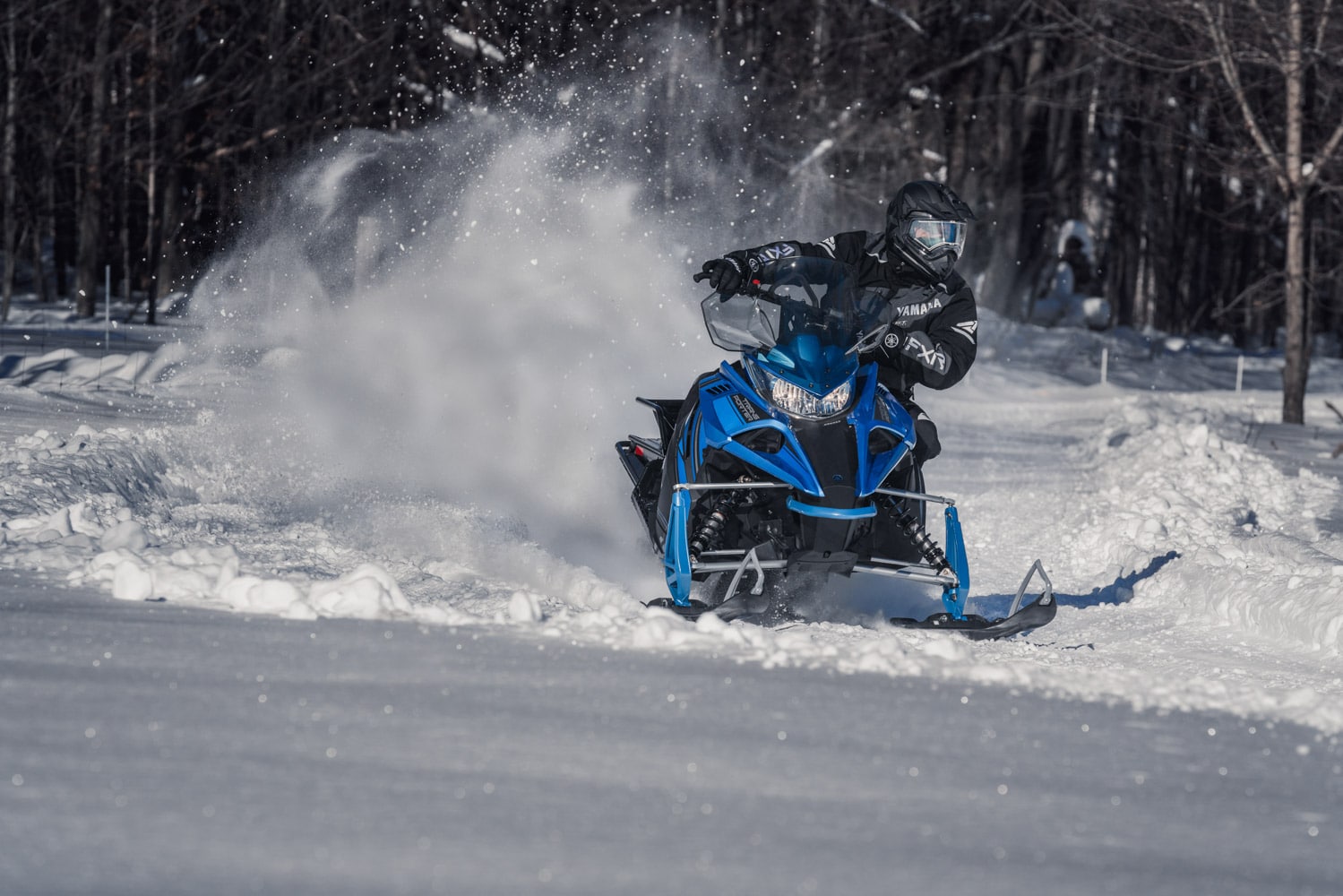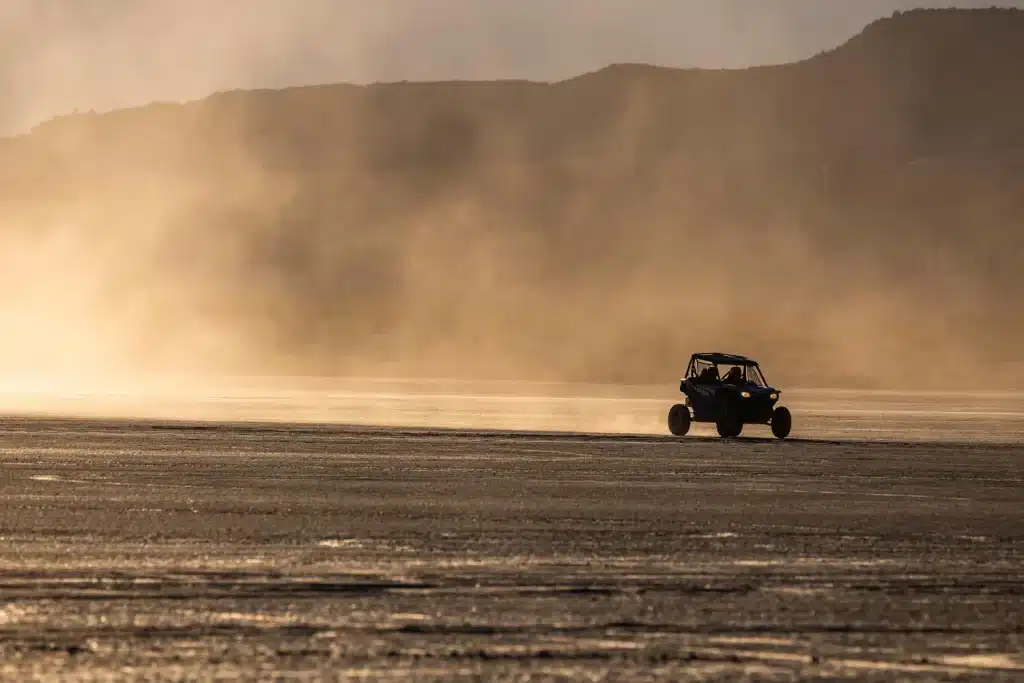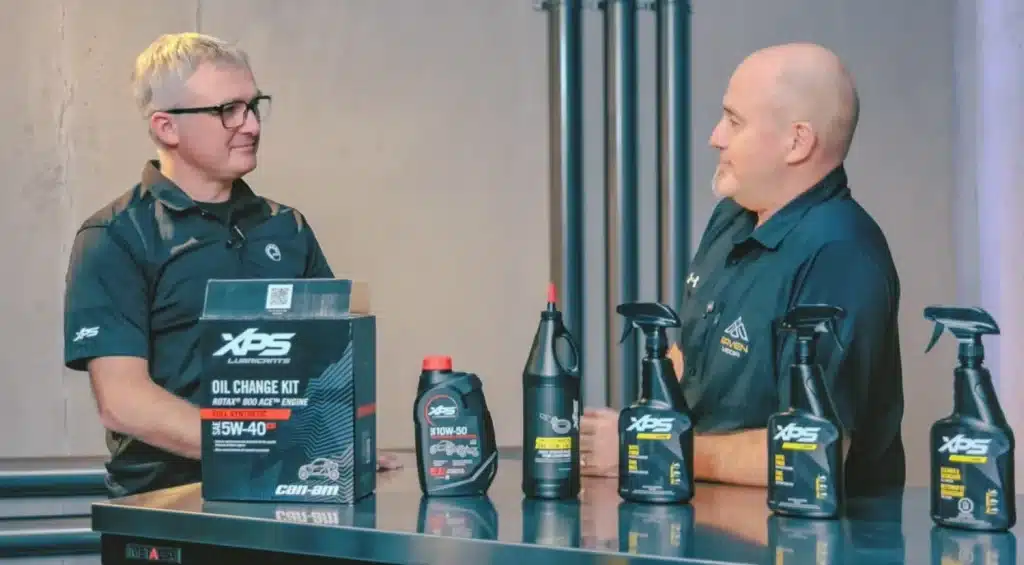While it’s nothing new for 2022, we still managed to get our hands on the Yamaha Transporter 800 2022 Test for a short end-of-season. Coming from the partnership with Arctic Cat, the car is categorized in the sport/utility range.
Going back a bit before the association with the American company, Yamaha put very little emphasis on the sport/utility segment. The good VK540 provided the work part of the lineup, but for those who wanted a more versatile vehicle that could also be used on the trail, they were left with a very limited choice, or they turned to another manufacturer. The partnership with Arctic Cat has filled this gap. The Japanese company has made great strides in this segment with the Transporter series. The latter was introduced in 2020 with the 600 CC two-stroke engine with semi-direct injection. It was only a matter of time before the company opted for a higher-powered mill with an 800 CC in 2021. Hence the arrival of the Transporter 800, with essentially the same characteristics as its smaller-displacement sibling.
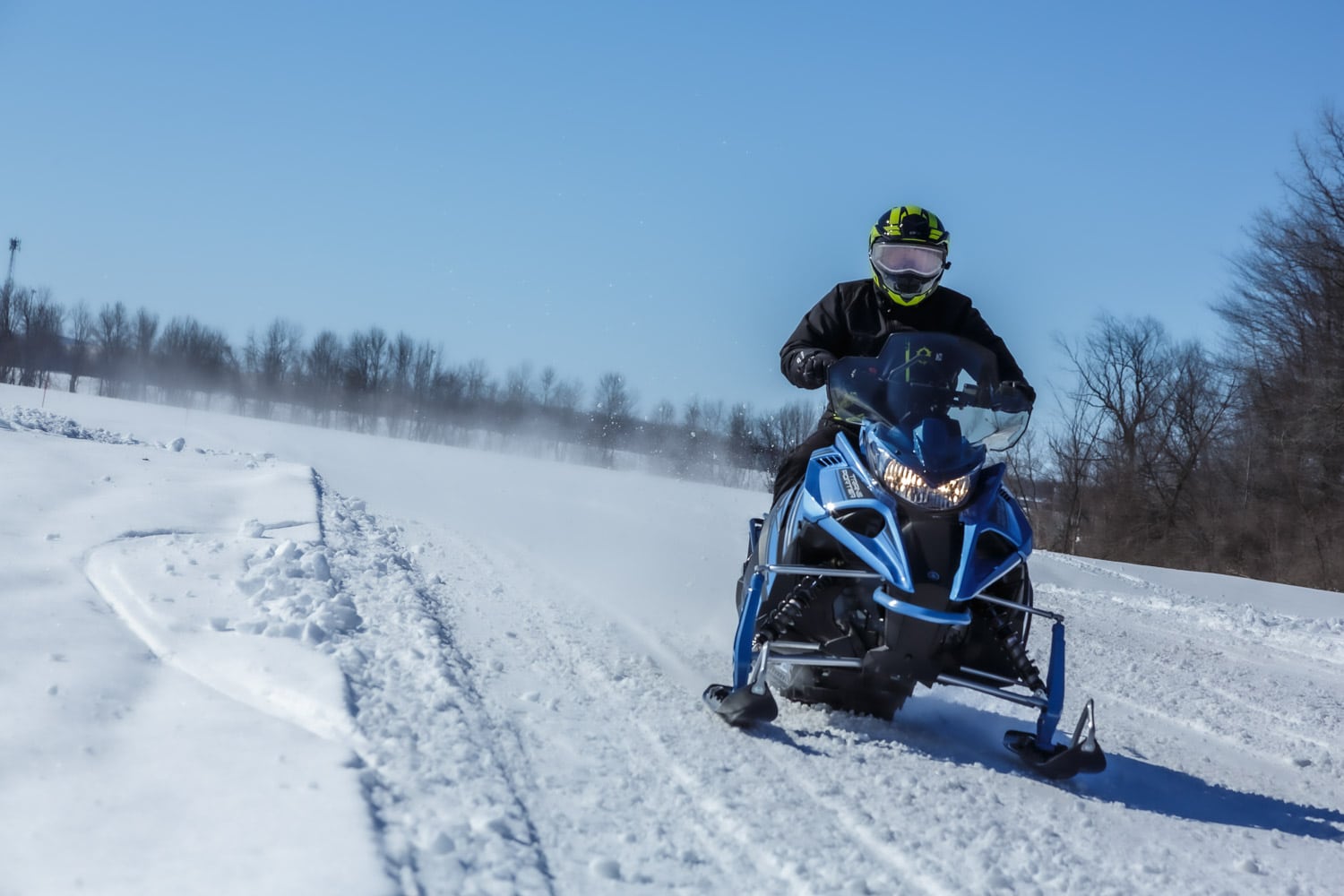
For 2022
The only new feature for 2022 is the clutch pulleys, unfortunately, at the time of writing, no pictures were available. They are made by Yamaha, with a slimmer profile compared to the TEAM clutches. But all this remains to be confirmed with the production models.
The 2022 version comes in Ice Blue/Frosted Silver. The rear suspension is still in blue, with a more pronounced addition of colors on the hood compared to the 2021 version. Very well done, the result is superb under the winter sun!
Yamaha Transporter 800 2022 Test The engine
Engineers continue to put their faith in the good old 800 CC for 2022. With approximately 160 horsepower, it leaves no doubt about its ability to do heavy-duty work, as well as enjoy great rides. Made by Arctic Cat, it has been on the market for several years, and the many refinements made over the seasons make it one of the most reliable two-stroke engines on the market. Its unique design with the intake and exhaust on the same side allows for a very low positioning in the engine compartment, in order to favor mass centralization and lower the center of gravity.
The semi-direct injection system is still used, the injectors are positioned directly in the top of the cylinder transfer channel, through which the passage from the base of the engine to the top of the piston takes place, the injection takes place when the latter is at its bottom dead center. To perfect the quantity of fuel, injection is also carried out during the compression cycle through an opening in the piston wall. This makes it possible to add to the initial quantity of gasoline to perfect the mixture, but also to lubricate and cool the ball bearing which makes the link between the connecting rod and the piston..
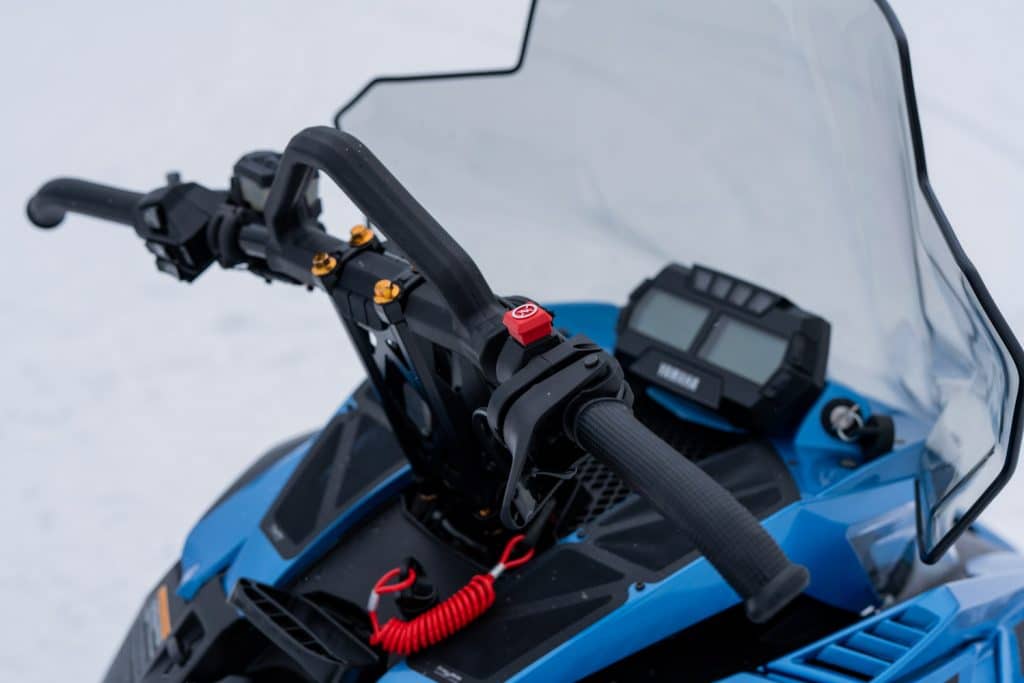
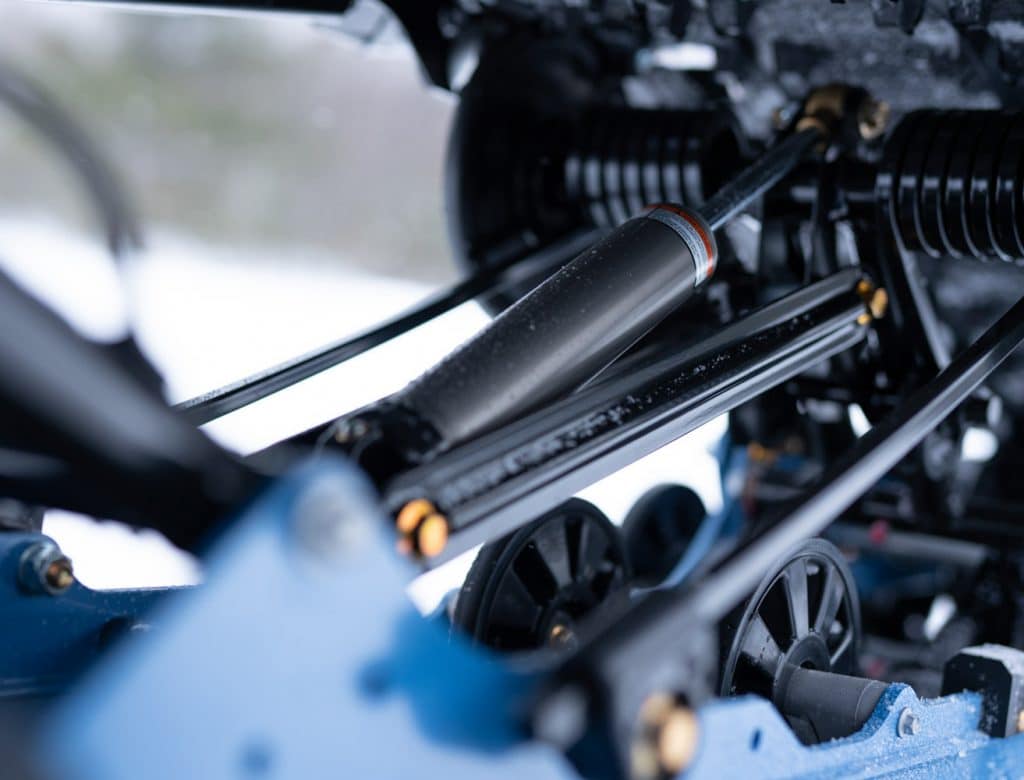
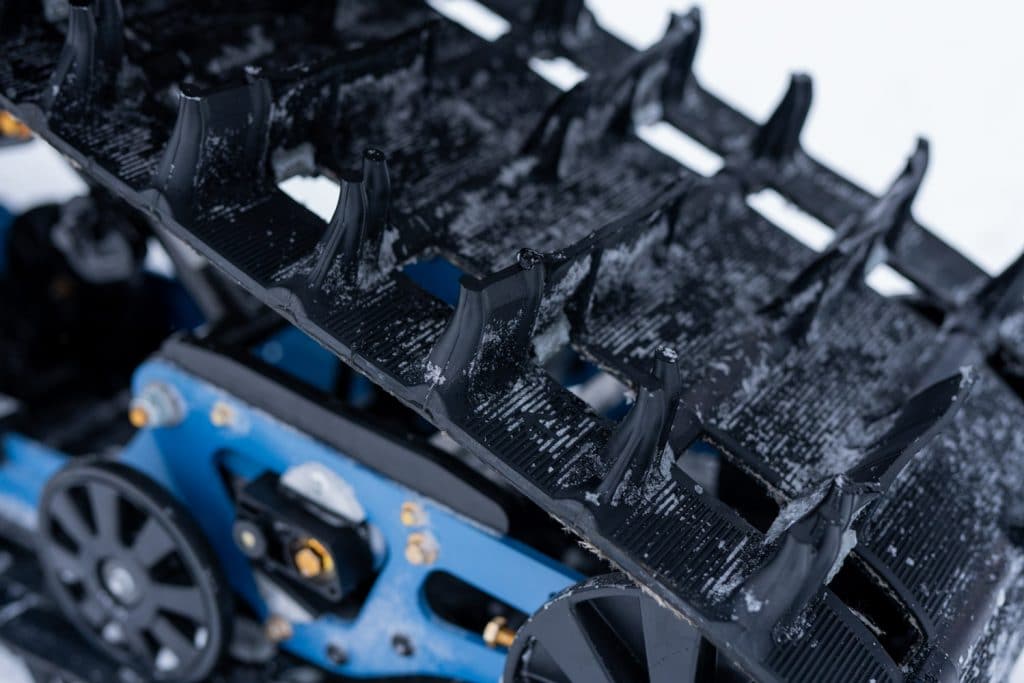
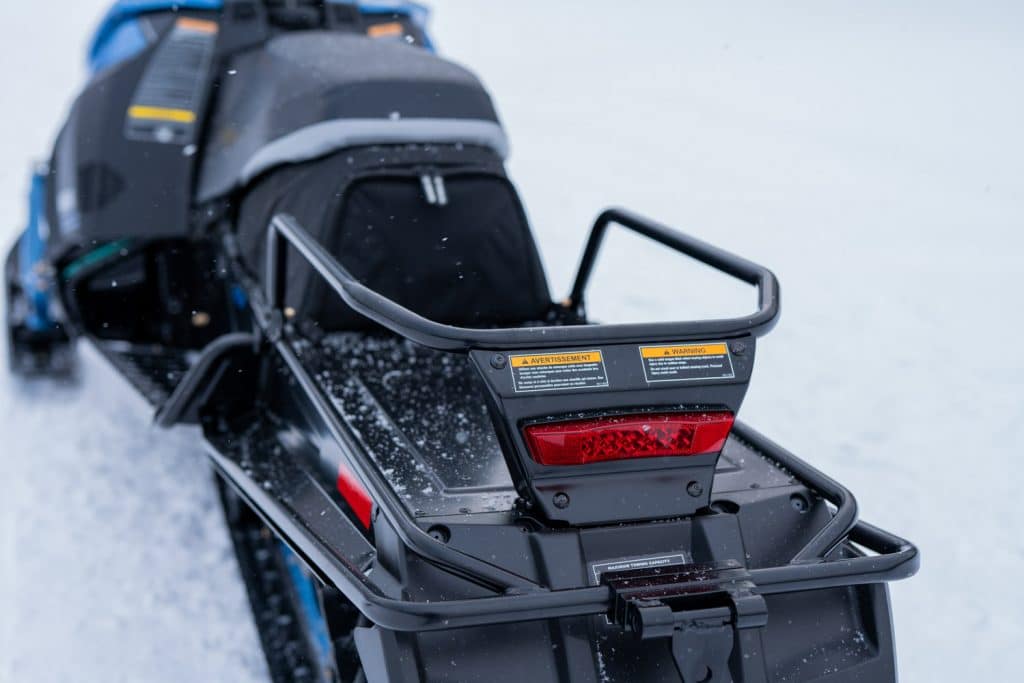
The suspensions
Up front is the same dual Delta independent suspension as the trail model, with 1.5-inch aluminum high-pressure monotube gas shocks. To further enhance flotation, engineers fitted the Transporter 800 with Yamaha’s single-stick mountain skis.
The rear is really a compromise between work, trail and even powder. Very aggressive 15” X 153” Power Claw mountain track with 2.25″ studs, which is found on many typical mountain snowmobiles. The rear suspension is the Dual Shock SR 154 articulated torsion spring system with 1.5-inch high-pressure aluminum gas shocks. The articulated rear section makes it easy to reverse, and the rear can be locked to maintain maximum contact between the track and the ground at all times.
The work aspect
Transporter 800 has a huge rear storage area. Typical of work snowmobiles, the top of the rear tunnel has a heavy-duty steel rack that allows you to attach luggage or work tools with ease.
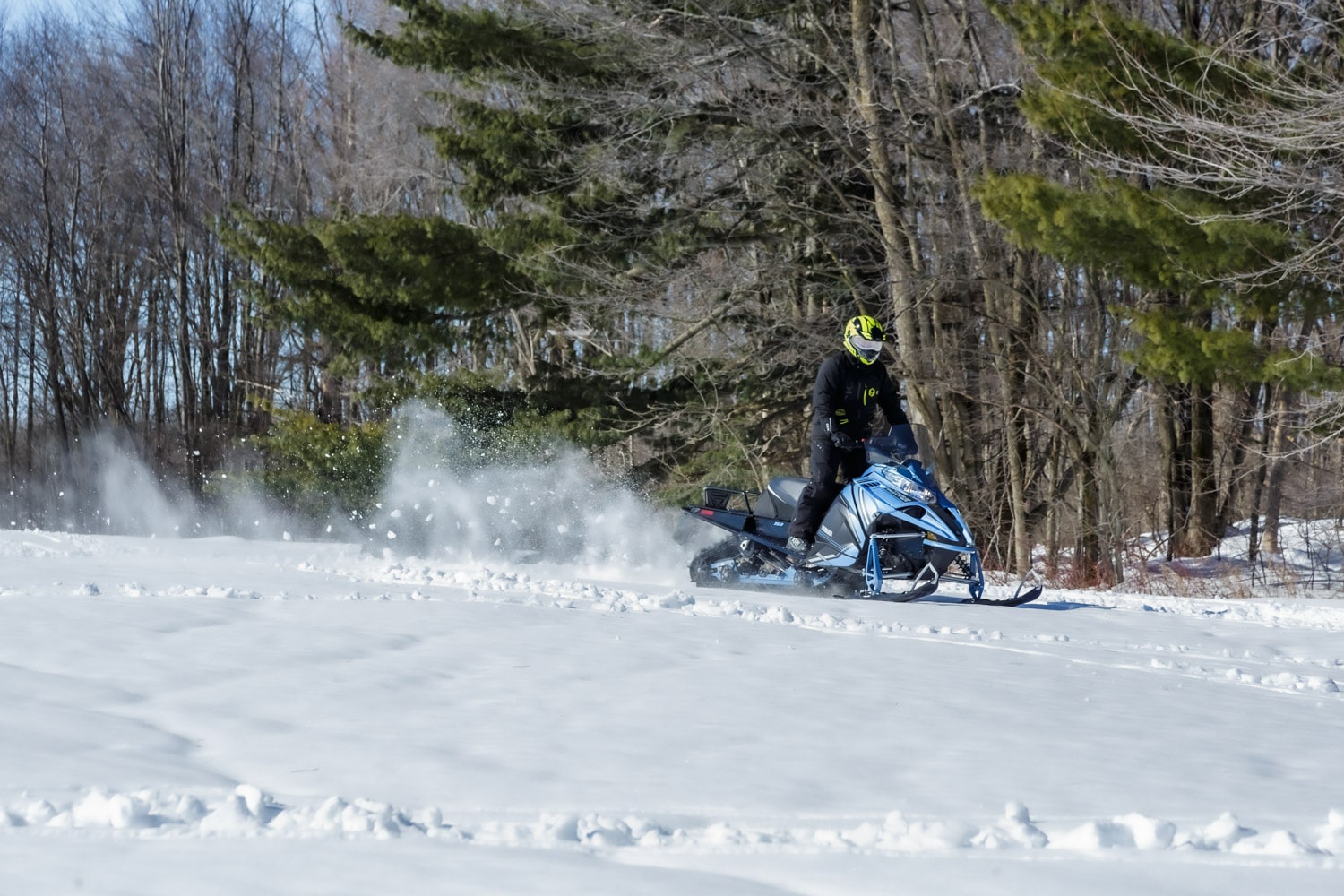
Yamaha Transporter 800 2022 Test On the trail
We only had the vehicle for a few hours, so it’s difficult to write a good review of the Transporter 800 in such a short time. However, we did cover a few kilometers, which allowed us to provide you with an abbreviated report of our observations. Performance-wise, there’s no doubt that the two-cylinder, two-stroke engine delivers the goods, and its 160 horsepower are more than enough to provide excellent results in all aspects for which the vehicle was designed. However, we can’t comment on the new Yamaha clutch pulleys at this time, as their effectiveness in transferring power to the track in different working or trail conditions will have to be evaluated.The use of mountain skis up front improves flotation capacity, and allows for low-speed handling without getting stuck. However, you will have to accept the trade-off of finding a little bit of sway on hard snow on the trail and a more unpredictable behavior at high rpm. The same goes for the 153-inch Power Claw track, which is ideal for deep snow and offers excellent traction. However, the huge 2.25 inch studs are not a good compromise for the trail, you will have to avoid long straight lines at high rpm, this will cause the track to heat up and potential breakage.
As is often mentioned, hybrids are versatile snowmobiles that can combine two or even three disciplines. These multi-tasking qualities offer satisfactory performance, but also inferior to their counterparts specifically designed for a single discipline.
It’s a good compromise for the hobbyist who wants to get good performance for work or pulling medium loads, and who occasionally wants to go have fun on the trail or even in the powder.
Thanks to Yamaha Canada for the loan of the Transporter 800!

